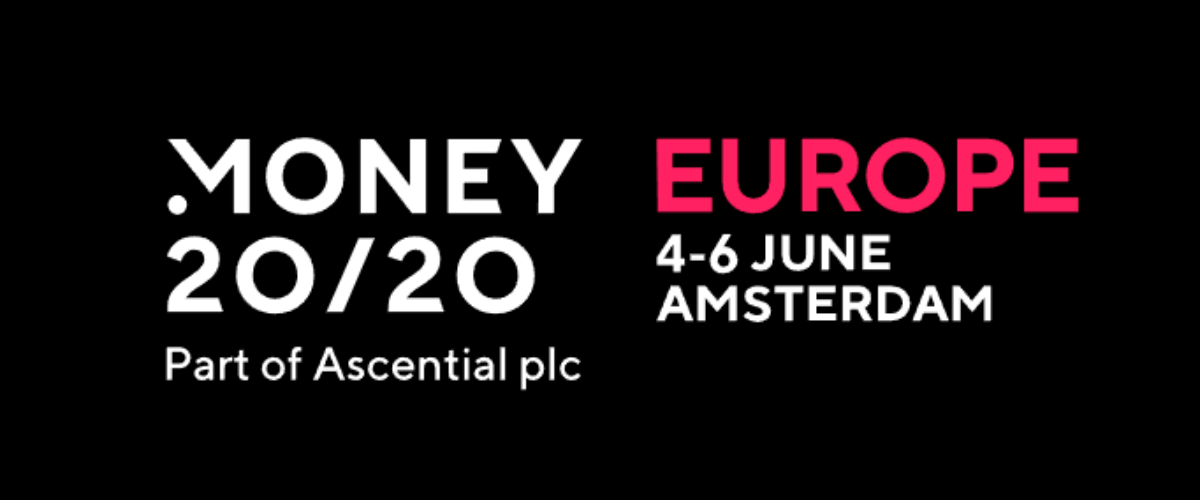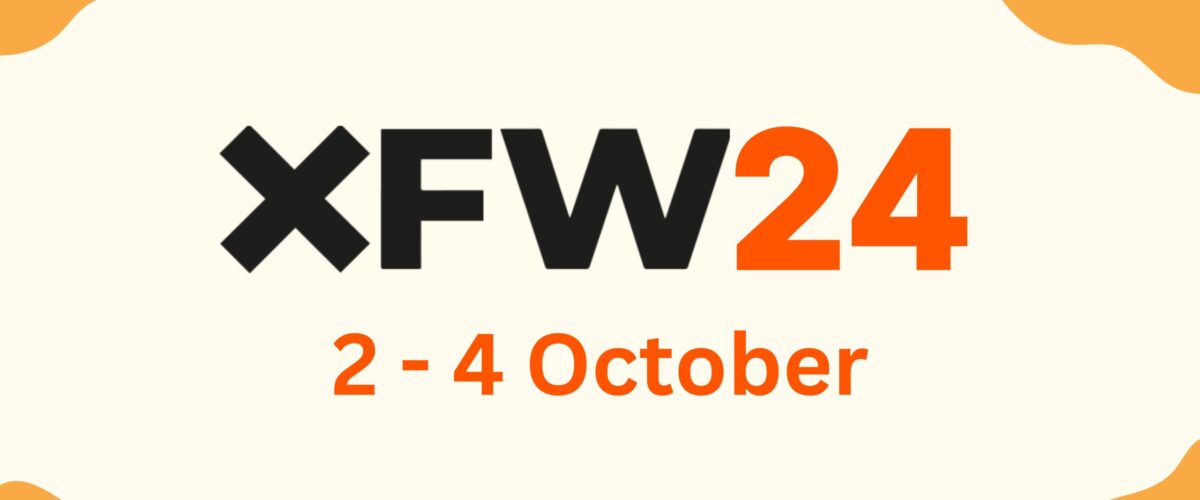The article discusses the possibility of making projects with nitrogen emissions viable through external netting, which involves using the nitrogen contribution of one activity for another. External netting is a mitigation measure under Article 6(3) of the Habitats Directive, aiming to prevent harmful effects on Natura 2000 areas. The recent ruling on the Oostelijke Langstraat Area Development (GOL) by the province of North Brabant is examined in the context of external netting.
Before the introduction of the Programmatic Approach to Nitrogen (PAS) in 2015, external netting was allowed under specific conditions. However, during the operation of PAS, it was prohibited. After the withdrawal of PAS in 2019, external netting became possible again, subject to certain conditions that have been further clarified based on case law and policy rules.
The GOL case serves as a practical example, highlighting the conditions and implications of external netting. The ruling emphasizes the need for a direct connection between the withdrawal of consent from the balance provider and the granting of permission to the balance receiver. Additionally, 30% of the transferred nitrogen space must be allocated to nature, allowing the balance holder to utilize only 70% of the nitrogen space.
The AquaPri judgment, which postdates the first GOL ruling, is addressed in the context of external netting. AquaPri pertains to a permit granted in violation of the Habitats Directive, and the article explores whether it affects the possibility of external netting with a nature permit established based on PAS. The ruling concludes that AquaPri does not prevent external netting with such permits.
The GOL case’s second interim ruling delves into the additionality requirement, emphasizing the need for measures beyond the efforts of balance providers to ensure conservation objectives are met. The article discusses the province’s justification for terminating fertilization as a mitigation measure and its compliance with the additionality requirement.
The ruling also touches on the implications of recent nature objective analyses, emphasizing that decision-making should consider these analyses. The article suggests opportunities for substantiating external netting legally, while acknowledging the importance of ongoing scrutiny.
Furthermore, the article discusses the potential implications of the Environmental Act on external netting, emphasizing the relevance of case law in the context of nitrogen banks and their use under the Environmental Act.
In conclusion, the second GOL interim ruling illustrates the importance of concrete and effective measures to reduce nitrogen deposition in Natura 2000 areas. It highlights the potential for external netting to make projects viable, provided certain conditions are met. The ruling also emphasizes the ongoing need for scrutiny, considering recent nature objective analyses and the implications of the Environmental Act.


